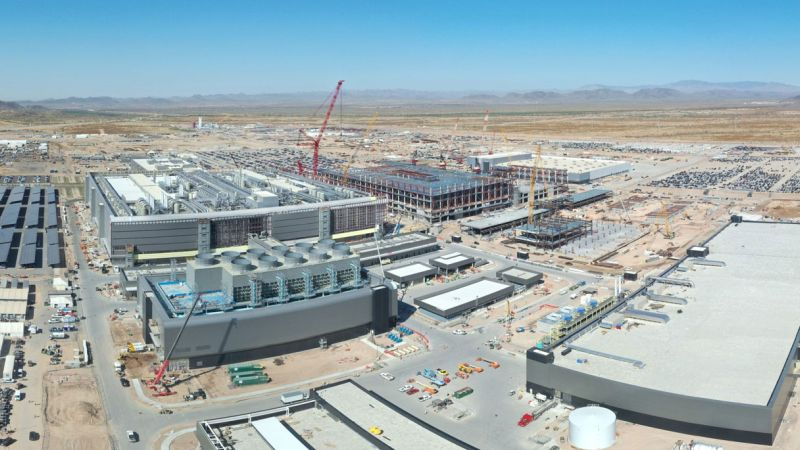As some countries and regions strive to acquire their own fairly modern semiconductor industry, TSMC’s activity in building factories outside of Taiwan largely depends on subsidies and funds from partners. The company does not have many of its own resources; next year, for example, it will be forced to simultaneously finance the construction of ten new enterprises.

Image Source: TSMC
As Economic Daily News explains, of the ten TSMC plants under construction in 2025, seven will still be located in Taiwan, so the contract chipmaker’s overseas expansion will only appear active compared to historical levels. Analysts estimate that TSMC’s capital spending next year could exceed the all-time high reached in 2022. Then the company spent $36.29 billion on the construction of new enterprises and modernization of old ones.
Next year, TSMC is expected to spend between $34 billion and $38 billion on capital needs. Company officials explained that it has not yet disclosed its projected range of capital expenditures for 2025. Of the seven facilities that TSMC will build in Taiwan, four will be located in Hsinchu and Kaohsiung and will be dedicated to producing 2nm products. Three more facilities will be involved in chip testing and packaging, including the expansion of CoWoS facilities in Taichung and Chiayi.
TSMC’s overseas projects are well known to the general public. In addition to its facilities in Japan and the United States, it will begin building a joint venture in Germany that will focus on the production of mature technology semiconductor components for the automotive industry. At the same time, construction of the second TSMC plant will begin in Japan next year. Until 2023 inclusive, the company on average simultaneously built five enterprises per year, but this year it plans to finance the construction of seven enterprises, and next year their number will increase to ten.